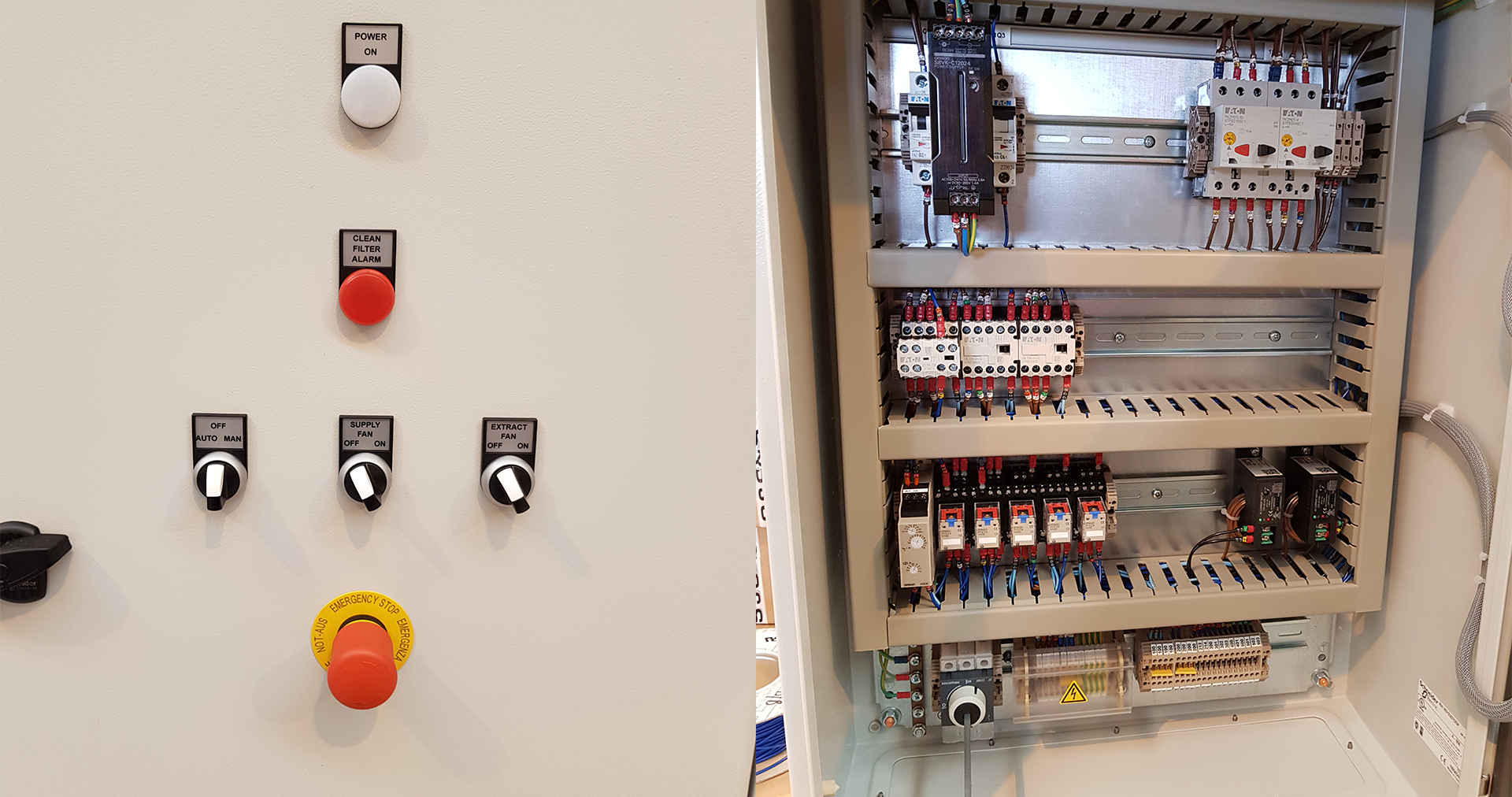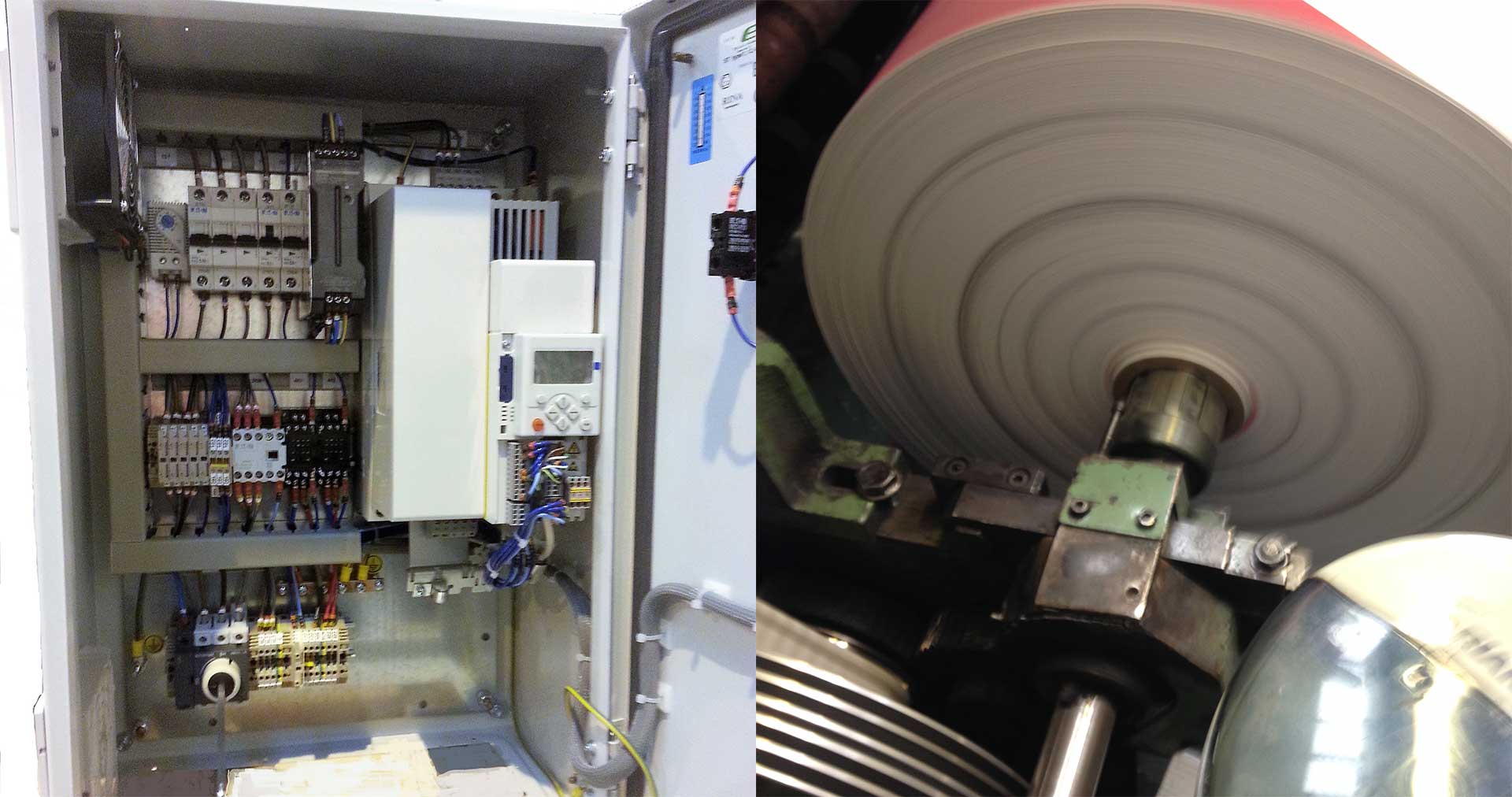Introduction of Single European Market
With the introduction of the single European market on 1st January, 1993 came the requirement for national standards and regulations in EU member states to be harmonised.
As a single market directive, it is essential that the Machinery Directive (MD) is implemented into the national legislation of the individual European Economic Area (EEA) member states without alterations to its content, so that it is possible to establish uniform construction and equipment regulations for machinery throughout the EEA.
This requires a process of harmonisation to transform a German DIN, a British BS or a French NF standard into an EN one that is legally enforceable in each state. Since this can be a protracted process, however, the drafts of these standards are published with prEN status prior to ratification.
Machine Directive
 Superordinate directive
Superordinate directive
valid EN standards are “listed„ / “harmonised” (a fixed term within this context).
“presumption of conformity” only applies to listed (harmonised) standards.
Presumption of conformity: A user who constructs or builds machinery in accordance with the specifications of a harmonised standard is “presumed” to conform to the requirements of EU directives and/or national legislation.
Example: EN ISO 13849-1 (Safety of machinery – Part 1)
If a machine builder does not apply harmonised standards (bearing in mind that, in principle, he or she is not required to do so), then there is a reversal of the burden of proof.
This means that, within 48 hours of an accident occurring, the machine builder must prepare all the documentation proving compliance with the requirements of the relevant EU directives. After an accident at work involving damage to machinery and possibly to persons too, this procedure can make a significant difference!
Implementing Standards in The EU
EU directives are aimed at member states.
Machinery Directive, Low Voltage Directive & Electromagnetic Compatibility Directive are essential considerations within the context of machinery construction.
Laws & ordinances
Generally, involve direct implementation of EU directives into national legislation Standards, Laws & ordinances are not able to set out all specifications. Standards are intended to help users comply with laws & ordinances. This can only be done with standards that have been approved by the EU (harmonised) for this purpose.
CASE STUDIES
August 2018
Ventilation System
Project Description APS have just designed and built some new [...]
April 2018
Winding Control
Project Description David Emmett, the owner of British Paper Coils [...]
PRINTING INDUSTRY
Printing Industry APS (Automation Products and Systems) have provided systems [...]



 If you are looking for an experienced product automation specialist or help with installtion, service or support then please fill in your details below and we will get right back to you.
If you are looking for an experienced product automation specialist or help with installtion, service or support then please fill in your details below and we will get right back to you.